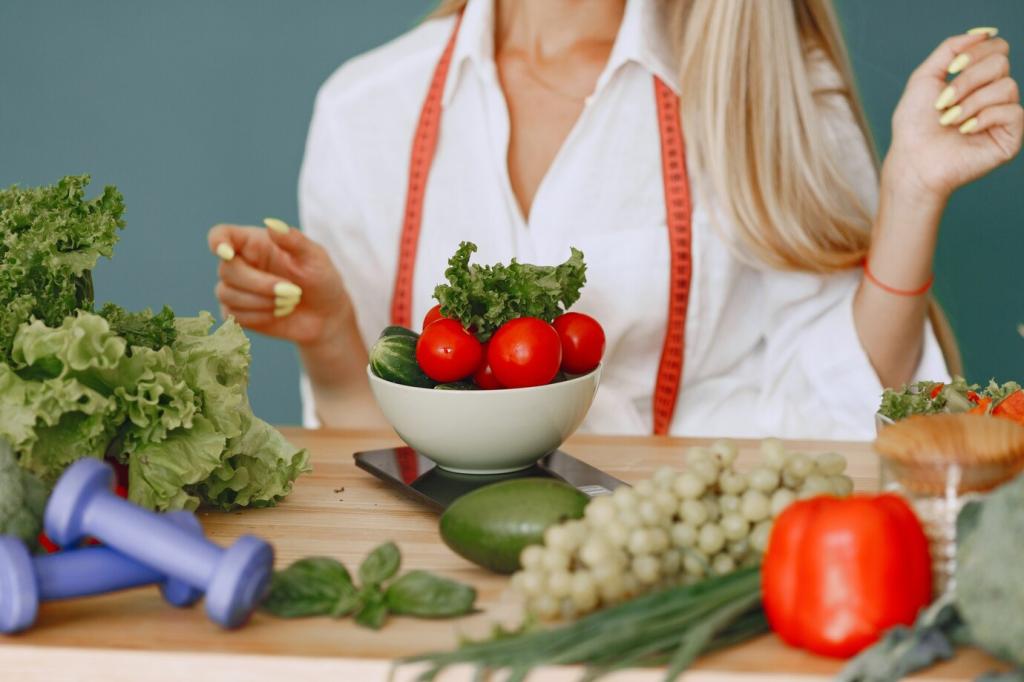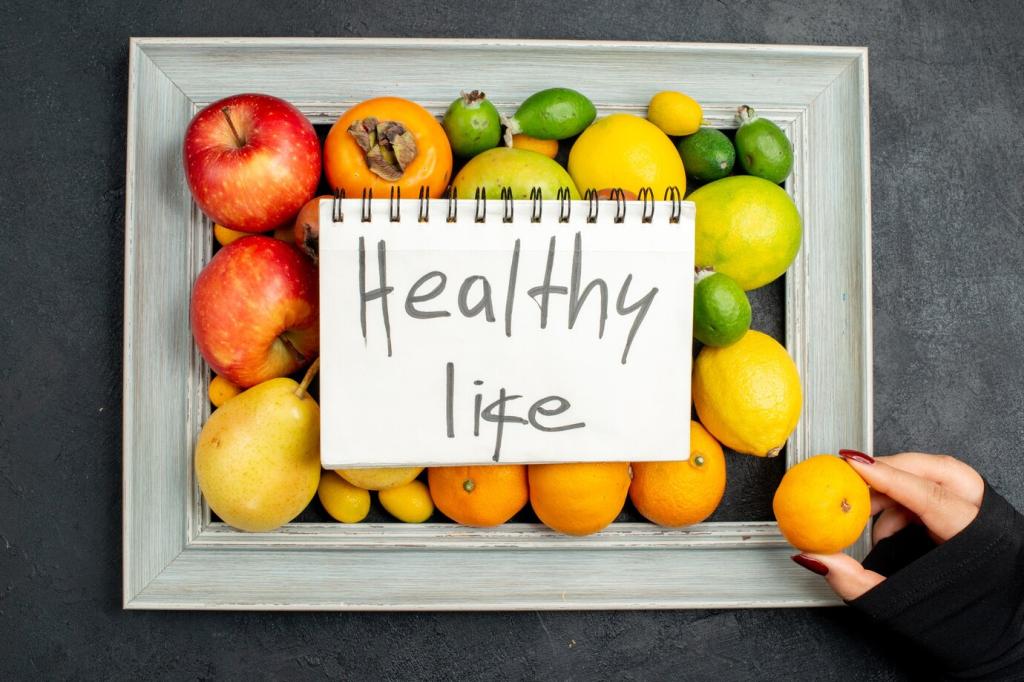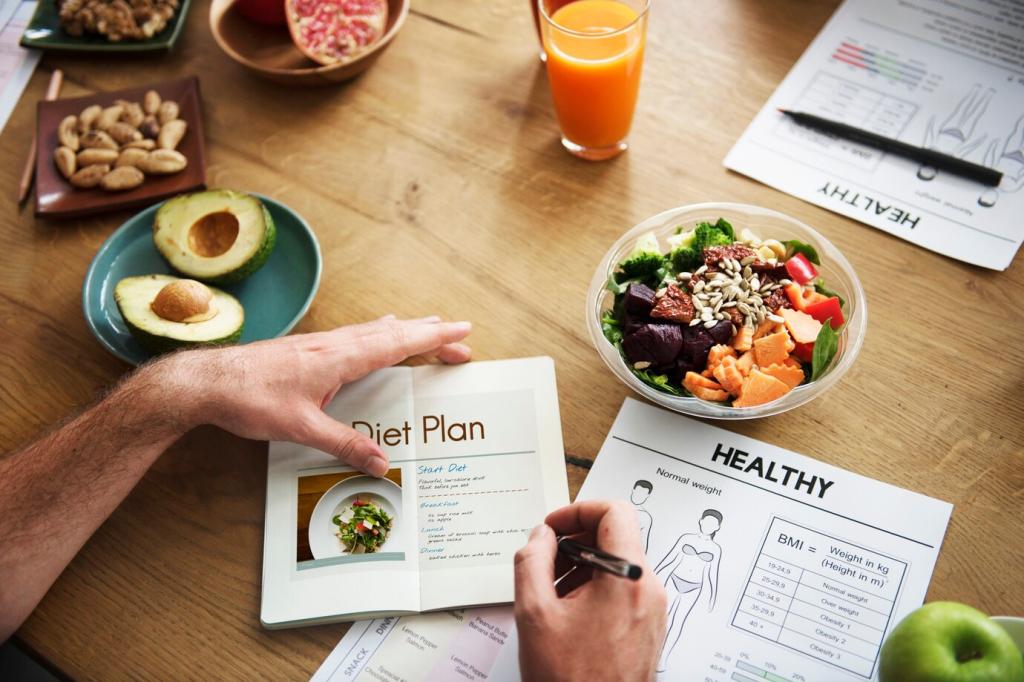The Athlete’s Macronutrient Blueprint
Balance is not a fixed ratio—it shifts with training intensity, volume, and goals. Endurance blocks often demand higher carbohydrate availability, while hypertrophy phases benefit from elevated protein and stable fats. Share how your ratios change across the week and what results you notice.
The Athlete’s Macronutrient Blueprint
Carbohydrates fuel high-intensity efforts via glycolysis, protein supports muscle remodeling and immune function, and fats stabilize hormones and long-duration energy. Knowing which system you’re stressing lets you align macros with the session, not a generic daily target.







